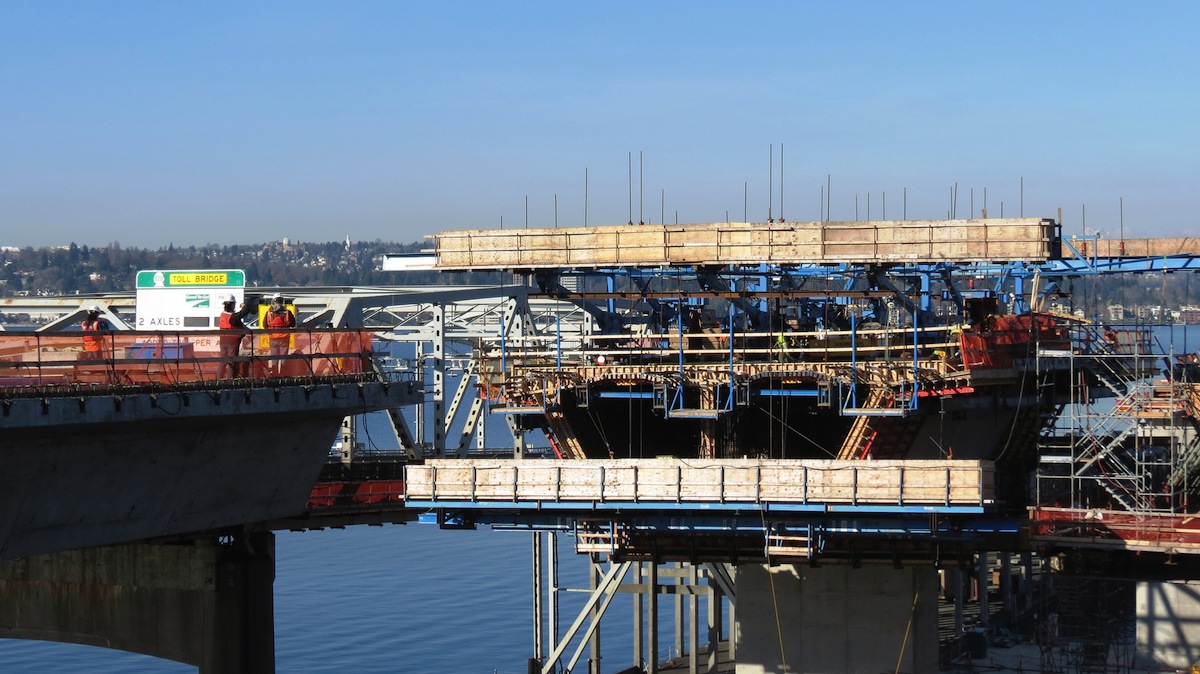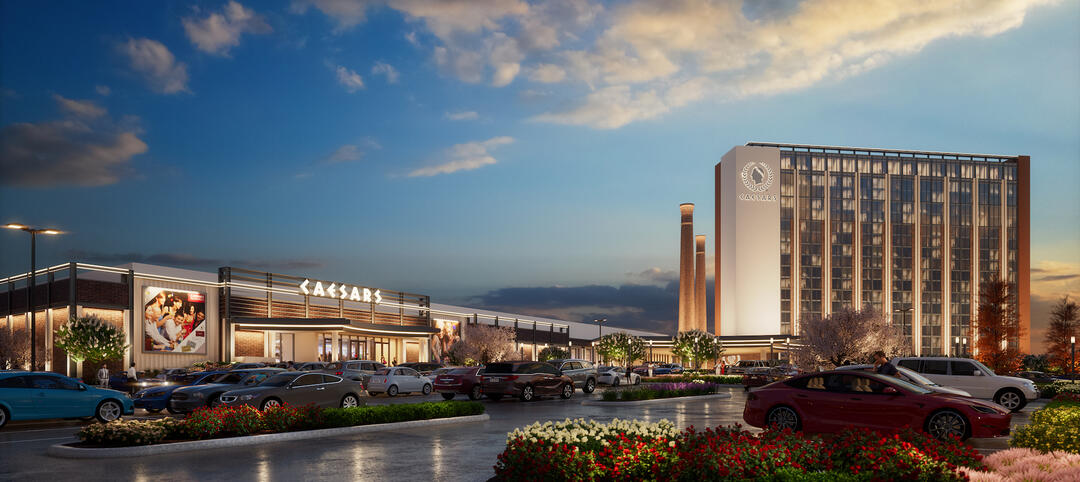Nonresidential construction spending fell in September for the first time in eight months, the U.S. Census Bureau reported, but the monthly drop in spending is not a cause for concern according to analysis by Associated Builders and Contractors (ABC). Nonresidential construction spending fell by 0.1% from August, totaling $692.8 billion on a seasonally adjusted annualized basis.
September's year-over-year increase of 12.4% is the largest increase since April 2008. After falling in two consecutive months, public nonresidential construction spending grew by 0.7% in September while private sector construction spending fell by 0.7% for the month.
"The last several months have generally been associated with sizable increases in nonresidential construction," said ABC Chief Economist Anirban Basu. "Today's release, while not particularly upbeat, does not alter the fact that nonresidential construction spending continues to recover and that most contractors are busier than they were a year ago.
"Although there are many potential forces at work that resulted September's monthly construction spending decline, most are not alarming. With construction materials prices falling, contractors may be able to offer somewhat lower prices for their services, helping to suppress growth in construction value put in place. It is also conceivable that some construction work is being slowed by an ongoing lack of available skilled personnel. This factor has certainly helped to slow residential construction, and it seems reasonable to presume that some nonresidential contractors would face similar issues.

Seven nonresidential construction sectors experienced spending increases in September on a monthly basis:
- Educational-related spending expanded by 2% for the month and 11.5% for the year.
- Spending in the religious category grew by 5.6% on a monthly basis and 0.8% year-over-year.
- Amusement and transportation-related spending rose by 0.2% from August and 30.6% from September of last year.
- Transportation-related spending expanded by 1.6% from a month ago and 10.2% from a year ago.
- Highway and street-related construction spending inched 0.3% higher for the month and is up 10% from the same time last year.
- Sewage and waste disposal-related spending rose by 1.1% from August and 12.9% from September of last year.
- Spending in the water supply category gained 4.3% from the previous month and 5.6% on a year-ago basis.
Spending in nine nonresidential construction subsectors fell in September on a monthly basis:
- Spending in the lodging category fell by 0.7% for the month but is up 32.8% from September 2014.
- Office-related spending dipped 0.4% from August but is 19.3% higher than at the same time last year.
- Spending in the commercial category fell by 1.1% on a monthly basis and by 2% on a yearly basis.
- Health care-related spending inched 0.1% lower for the month but is up 9% on a year-ago basis.
- Public safety-related spending fell 3% month-over-month and 4.8% year-over-year.
- Spending in the communication-category declined 2.7% from August but is up 10.2% from the same time last year.
- Power-related construction spending fell 1.7% on a monthly basis but expanded 1.9% over the previous twelve months.
- Conservation and development-related spending lost 6% for the month but is still 1.6% higher than at the same time last year.
- Manufacturing related spending fell 0.4% for the month but is still up 41.3% from September 2014.
To view the previous spending report, click here.
Related Stories
| Sep 15, 2022
First LEED Platinum, net zero and net zero water synagogue opens
Kol Emeth Center, the world’s first LEED Platinum, net zero and net zero water synagogue, opened recently in Palo Alto, Calif.
| Sep 14, 2022
Fires on Amazon warehouse roofs seemingly caused by faulty PV installations
Amazon has made installing solar panels on rooftops a key part of its ESG strategy, but a series of events last year show how challenging greening up major facilities can be.
| Sep 14, 2022
Indian tribe’s new educational campus supports culturally appropriate education
The Kenaitze Indian Tribe recently opened the Kahtnuht’ana Duhdeldiht Campus (Kenai River People’s Learning Place), a new education center in Kenai, Alaska.
| Sep 13, 2022
California building codes now allow high-rise mass-timber buildings
California recently enacted new building codes that allow for high-rise mass-timber buildings to be constructed in the state.
| Sep 13, 2022
Orange County opens civic center complex—one of California’s largest P3 projects
Orange County’s recently opened County Administration North (CAN) building caps an urban center development that constitutes one of California’s largest ever P3 projects.
Laboratories | Sep 12, 2022
Lab space scarcity propels construction demand in life sciences sector
In its 2021 Life Sciences Real Estate Outlook, JLL predicted that access to talent would be a primary concern for an industry sector that had been growing by leaps and bounds. A year later, talent still guides real estate decisions. But market conditions of a different sort were cooling the biotech field: namely, investors that have soured on startups which underperformed after going public. What this means for new construction and renovation going forward is unpredictable, as the drivers behind life sciences’ surge are still palpable.
| Sep 12, 2022
Staff at New York City architecture firm is first in U.S. to unionize
Staff at New York City architecture firm is first in U.S. to unionize.
| Sep 12, 2022
San Antonio’s new courthouse aims to provide safety and security while also welcoming the public
The San Antonio Federal Courthouse, which opened earlier this year, replaces a courthouse that had been constructed as a pavilion for the 1968 World’s Fair.
Giants 400 | Sep 9, 2022
Top 25 Casino Contractors + CM Firms for 2022
The Yates Companies, W.E. O'Neil Construction, Alberici-Flintco, and PCL Construction Enterprises top the ranking of the nation's largest casino contractors and construction management (CM) firms for 2022, as reported in Building Design+Construction's 2022 Giants 400 Report.
Giants 400 | Sep 9, 2022
Top 90 Hospitality Sector Contractors + CM Firms for 2022
AECOM, Suffolk Construction, STO Building Group, and The Yates Companies top the ranking of the nation's largest hospitality facilities sector contractors and construction management (CM) firms for 2022, as reported in Building Design+Construction's 2022 Giants 400 Report. Note: This ranking includes revenue for all hospitality facilities work, including casinos, hotels, and resorts.

















